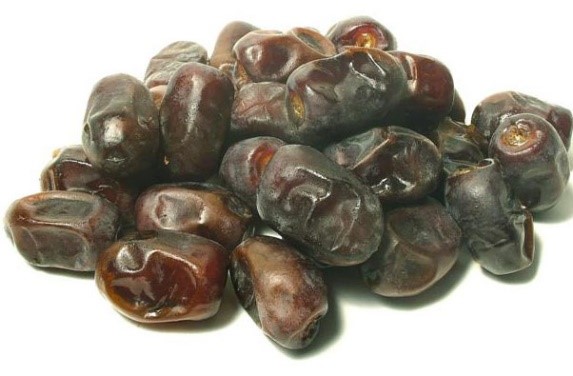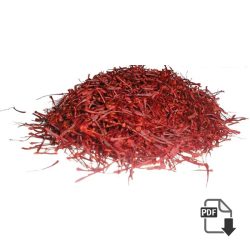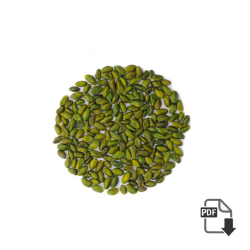Premium Quality for Your Business If you're looking to import walnuts, Iran is an excellent source. Iranian walnuts are known for their exceptional quality, nutritional benefits, and distinctive flavor. In this article, we will explore why importing walnuts from Iran can provide your business with a competitive advantage and offer your customers premium-quality products. Why Choose Iranian Walnuts? Iran is one of the leading producers of walnuts, making it a...
The Incredible Health Benefits and Versatility of Walnuts Walnuts, often hailed as a superfood, are packed with essential nutrients that promote overall health and well-being. Whether you enjoy them raw, roasted, or as an ingredient in your favorite dishes, walnuts are more than just a tasty snack. In this article, we explore the numerous health benefits, nutritional value, and culinary versatility of walnuts.walnut Article What Are Walnuts? Walnuts are the...
A Profitable Business Opportunity Exporting walnuts to the USA presents a highly lucrative opportunity for businesses around the world. The demand for walnuts in the U.S. continues to grow, driven by their health benefits and versatility. Countries like Iran, Turkey, and China produce high-quality walnuts, making them ideal for U.S. markets. Export Walnuts to the USA. Why Export Walnuts to the USA? Walnuts are rich in essential nutrients such as...
Sourcing a dependable walnut supplier for exporting is critical for businesses looking to meet the global demand for high-quality walnuts. Whether you're in the food industry, snack manufacturing, or nut trading, selecting the right supplier ensures that you consistently provide quality products to your international customers. Here’s a step-by-step guide on how to find the best walnut supplier for exporting. Walnut Suppliers Why Choose Walnuts for Export? Walnuts are a...
Finding a trusted walnut kernel supplier is crucial for businesses that want to export high-quality walnuts to global markets. Whether you're in the food manufacturing industry, snack production, or trading walnut kernels internationally, choosing the right supplier ensures your products meet industry standards and satisfy consumer demand. Here’s a step-by-step guide to help you find the best walnut kernel supplier for exporting. Why Choose Walnut Kernels for Export? Walnut kernels...
Unlocking Global Opportunities Introduction to Walnut Exporting Walnuts are not just a popular snack; they are also packed with essential nutrients, making them a sought-after ingredient in various cuisines worldwide. With the increasing global demand for healthy snacks and culinary ingredients, walnut exporters have a significant opportunity to thrive in the international market. This article explores the walnut exporting industry, key factors driving demand, and tips for successful walnut exportation....
A Complete Guide Why Import Walnuts? Walnuts are a highly nutritious and versatile nut that is gaining popularity worldwide for their health benefits and culinary uses. Rich in omega-3 fatty acids, antioxidants, and essential vitamins, walnuts are a staple in many diets and are increasingly featured in health-conscious products. Importing high-quality walnuts can significantly enhance your product offerings and meet the growing global demand for this superfood. This guide explores...
Opportunities and Insights Introduction to Walnut Export to Russia Walnuts are gaining popularity across the globe for their health benefits and culinary versatility. As one of the largest consumers of nuts, Russia presents a lucrative market for walnut exporters. This article explores the opportunities, challenges, and best practices for exporting walnuts to Russia, providing valuable insights for businesses looking to enter this promising market.Walnut Export to Russia . [caption id="attachment_16566"...
Key Players in the Global Market Leading Walnut Exporters in the Global Market Walnuts are a nutrient-dense superfood packed with healthy fats, protein, and essential vitamins and minerals. As a result, they are increasingly sought after in health-conscious markets worldwide. The global demand for walnuts has led to a competitive export market, with several countries emerging as key players. In this article, we will explore the leading walnut exporters, their...
Persian Walnut The Persian Walnut, also known as the Common Walnut or English Walnut, is a species of walnut that is native to the Balkans, in southeast Europe, east through southwest and central Asia, and the Himalayas to southwest China. The largest forests are in Kyrgyzstan, [caption id="attachment_14952" align="aligncenter" width="250"] Best Iranian Walnut[/caption] Persian Mamra Almond ( Badam ) where Persian Walnut trees occur in extensive, nearly pure walnut forests...


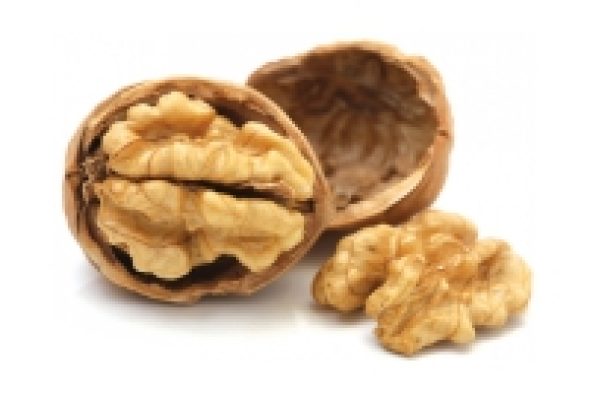
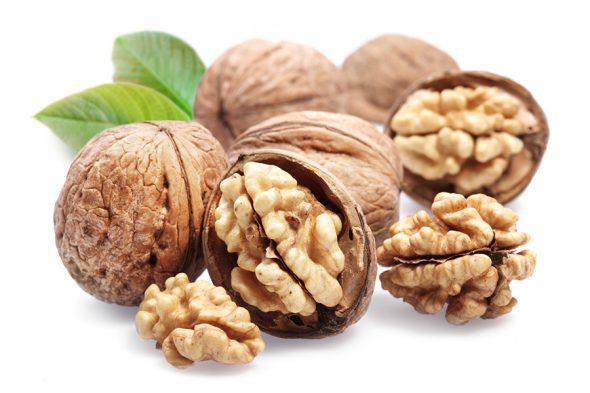
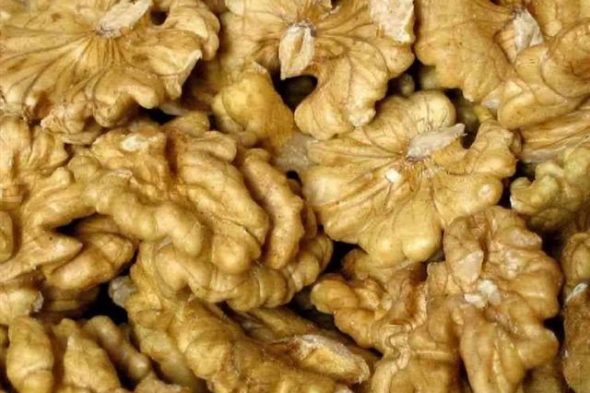

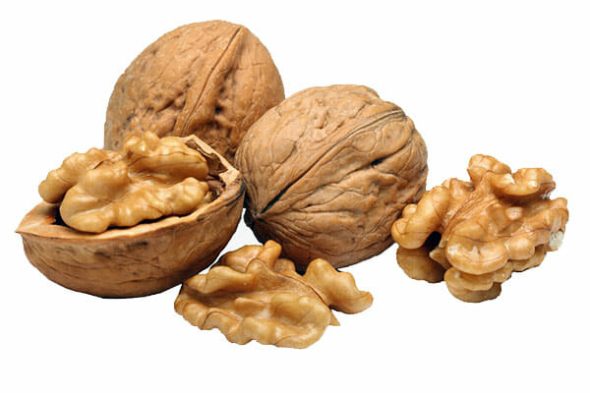
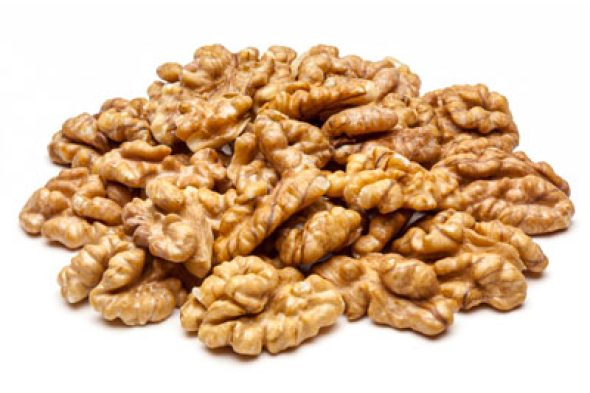
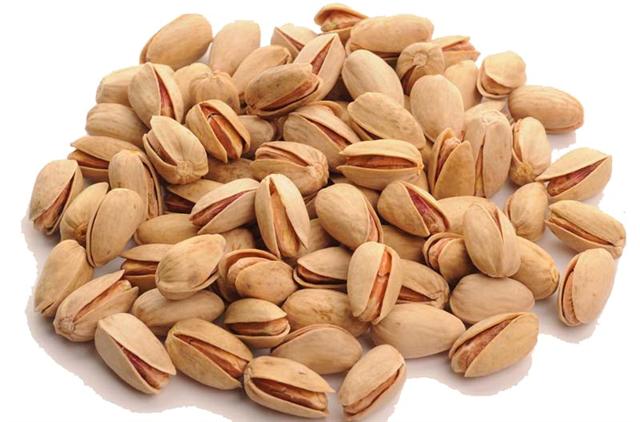
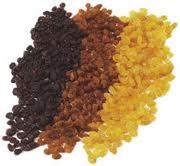 3 kind raisin
3 kind raisin 